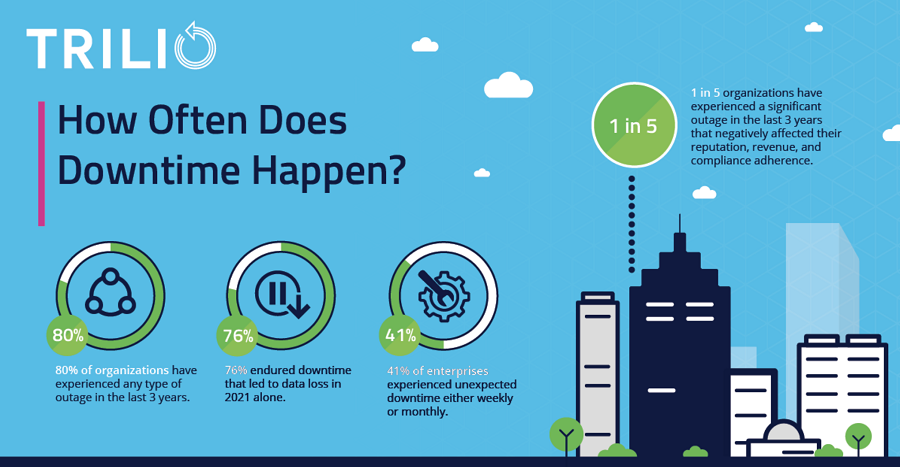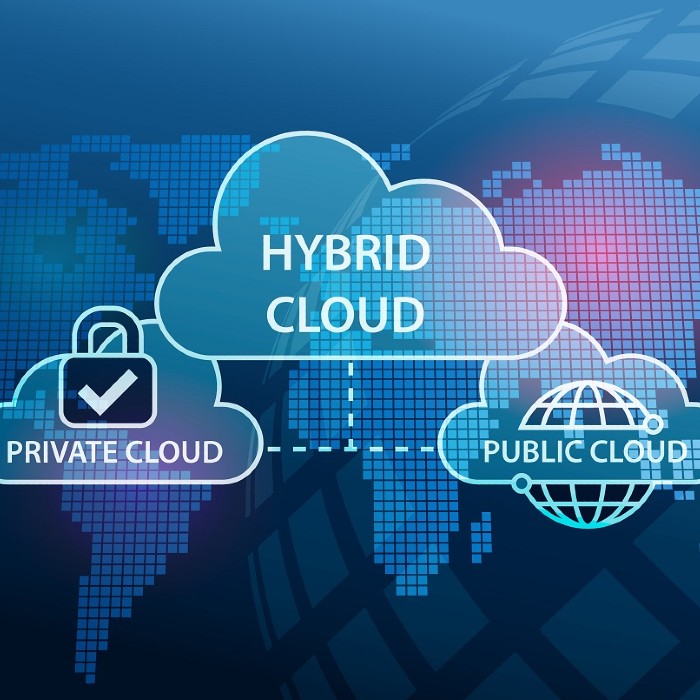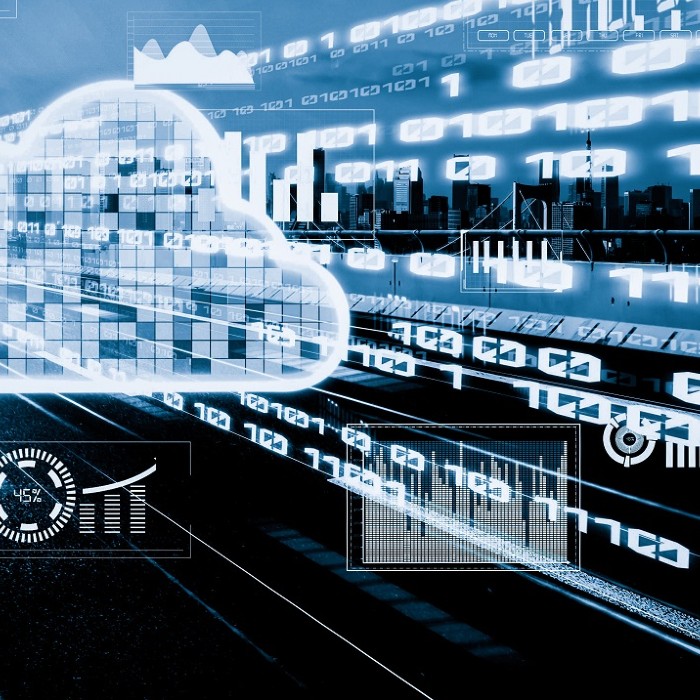Market research firm IDC reported that new software-defined infrastructure (SDI) capabilities make it far easier for organizations to juggle scalable mission-critical application workloads, just as HCI makes it simpler to manage operations across public and hybrid clouds. These advancements offer today’s organizations huge technical gains and innovations, allowing for 82% faster deployment and storage of business-critical apps, 62% lower costs of operations, and 477% ROI within a five-year period, respectively.
Put simply, SDI and HCI advancements now make it possible for enterprises and their IT to develop, deploy, scale and manage mission-critical apps of increasing size and sophistication at lower cost, and with greater flexibility. Likewise, they also allow organizations in every field to design flexible and fast-evolving business-critical apps that are crafted to be robust enough to rapidly and easily integrate new hardware or software technologies as they debut, even in remote offices or facilities.
“We’ve changed the way we manage business-critical apps: It’s less now about hardware resiliency and much more about time to recover,” McDowell explained.
“Now, when I think about business-critical apps, I think of them in terms of if there’s a failure, how fast I can bring them back up. The more challenging aspect [isn’t getting them up and running], it’s managing the data associated with these workloads… and cyber resiliency.”
McDowell reminds people that tomorrow’s mission-critical apps will leverage larger and larger amounts of information and come under increasing fire from cybersecurity and ransomware incidents.
How Business-Critical Apps Will Power the Future of Commerce
Industry experts expect that in the years ahead, mission and business-critical enterprise apps will expand to take on different forms and functions.
“Once upon a time, business-critical applications were largely about moving or facilitating the flow of finances, goods, staff, capabilities, or resources around in a business,” said David Thomas, executive director of online programming at the University of Denver.
“Going forward, they’ll also expand to include a range of programs that offers access to a growing array of data-driven decision-making capabilities. In a world of increasing uncertainty, mission-critical apps of the future will primarily revolve around helping businesses predict, adapt, and respond to shifts in customer demand, operating reality, or changes in their environment.”











